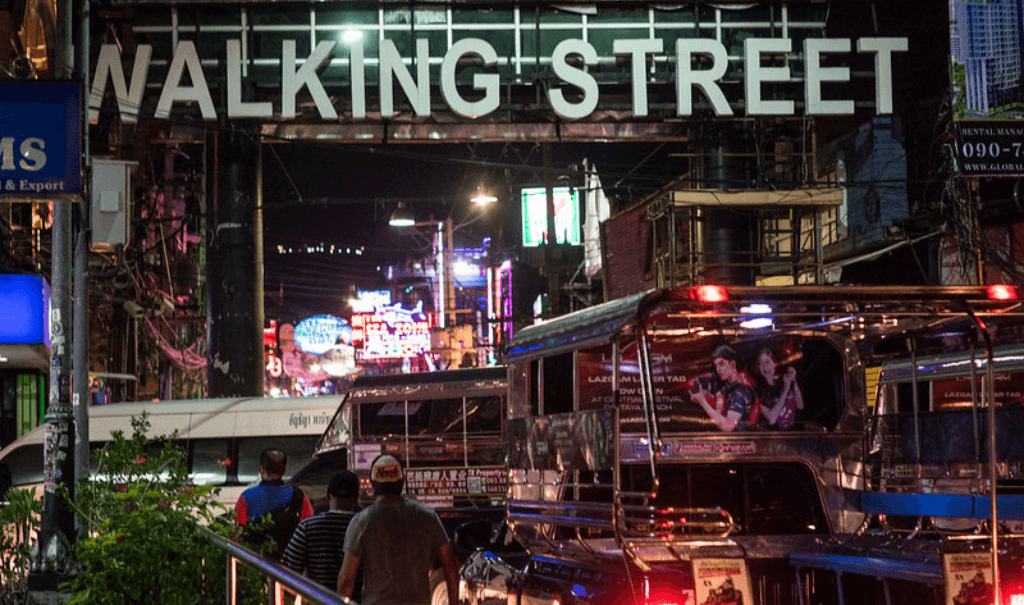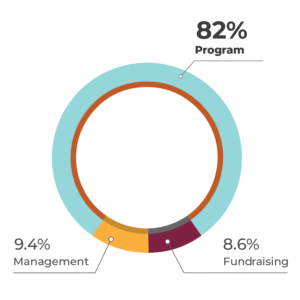There’s a good chance you found this post through social media.
We’re not against the use of social media; on the contrary, we use it regularly to disseminate information and share rescue stories with our readers. Like a car, social media can be extremely useful when used responsibly.
But, also, like a car, misuse can prove disastrous.
Today, we want to talk about how social media, all on its own, helps drive sexual exploitation without any trafficker involvement whatsoever.
Priming young minds
Social media platforms are specifically designed to trigger the brain’s pleasure centers. “Likes” and “views” artificially activate the social reward part of the brain. This section of the brain normally releases dopamine when you make a new friend or strengthen a relationship with someone you care about. In bypassing the work that goes into forming real connections, social media attention can hit that dopamine trigger over and over.
The result is something dangerously close to a chemical high. Social media addiction is an unfortunate reality among adults. For children, the results can be even worse.

A young girl using a mobile phone
During adolescence, the part of the brain that strives for these social rewards develops at an accelerated rate. Kids suddenly start to crave relationships and an elevated social status. Normally, this would drive children to form solid friend groups and explore romantic relationships. But social media affords the chance to bypass real-life work to experience the rewards immediately.
Of course, kids don’t realize the changes within themselves; they’re only reacting proportionally to their new, strong impulses. So when they open an app that “hits all the right buttons” immediately, without the work and risk of real-world relationships, they naturally fall into regular use.
We’ve established that these apps can be addictive to young minds. But why does social media so often lead to sexual exploitation?
Warped Expectations
It all comes down to perception.
Because of the addictive influence of social media, it’s easy for kids to start viewing reality through their screens. When they see a classmate or influencer enjoying a certain standard of living, they want to fit in.

Remember, social media platforms make it easy to substitute real connections with artificial ones; this isn’t the same as reading about a rich mogul’s daughter in the newspaper—despite socio-economic disparities or geographical distance, children have been conditioned to view these influencers as their peers.
Because of the changes occurring in the adolescent brain, kids are driven to seek conformity and acceptance from their peers. And when those “friends” casually promote a higher standard of living, they naturally want the same.
In some areas, it doesn’t take much.
“It could be something as small as Starbucks,” Bruce, one of our agents in the Philippines, said. “Or just having a McDonald’s burger every few days—that really gets them going, ‘I want that.’”
But many of these kids live in a household where buying a Starbucks coffee, even once a week, would take a significant chunk out of the family budget. With both parents working hard to make ends meet, children learn quickly not to ask for luxuries. So they start looking for other avenues to earn money.
Deceptive solutions
Bruce says this is where a second aspect of social media comes into play. Kids naturally talk with their friends, often expressing their desires and frustrations online. Unfortunately, some of those friends know a way to make fast money.
“In our field, it’s just hanging out with the wrong crowd. It’s those Facebook ‘friends’ that invite their friends to ‘go walking,’” Bruce said.
In many parts of the world, “walking” has long been code for being available for sex.

The idea that sex is a legitimate means of making money is a third way social media fuels this warped worldview.
The online acceptance of a “sugar daddy” mentality helps normalize the practice. Children often don’t feel like anything “wrong” is going on; this is just an easy way to get that Starbucks or McDonald’s burger to post on social media and elevate their social standing.
While we’ve certainly rescued children who fell into exploitation in the pursuit of a noble cause, such as buying a parent’s medicine or putting a sibling through school, we’ve also rescued plenty of children driven into exploitation by social media in the ways we just mentioned.
Bruce chalks it up to normal developmental changes combined with heavy online influences. “[The average Filipino victim is just] being a teenager and wanting things,” Bruce said. “Wanting things impatiently.”

The hashtag “sugarbaby” has over two billion views on the popular platform TikTok, leading to “how to” videos that groom young minds for exploitation
There’s no real trafficker here, no evil crime ring or nefarious villain. It’s just one victim leading another into an area where twisted men have more money than morals.
Rescue is the first step in changing that worldview. Every child we rescue gets a chance to see life differently, to break free of the narrative that they need to sell themselves for money.
As more kids see a true path to freedom, they can slowly start changing the warped culture that drove their exploitation in the first place.
Would you be a part of that change? Your gift can help rescue a child from the empty struggle for validation through exploitation. Fill out the form below to rescue a child today.
Donate with confidence
Over the last three years, 82% of every dollar we spent was used for programs that benefit the children we defend.
Destiny Rescue is recognized by Guidestar, Charity Navigator, the Better Business Bureau and Excellence in Giving for our commitment to transparency, accountability and financial integrity.



 Australia
Australia New Zealand
New Zealand United Kingdom
United Kingdom

